.jpg)
.jpg)
.jpg)
.jpg)
K-STAR K625 Jimmy Metal – Golden Economy | Sujok Therapy Acupressure Probe Tool
(10 Length x 1 Height x 1 Width) in centimeter
The K-STAR K625 Jimmy Metal – Golden Economy is a precision acupressure probe designed for Sujok therapy, reflexology, and point massage treatments. Crafted from high-quality stainless steel and brass, this golden metallic stick helps locate and stimulate curative points on the body for natural pain relief, improved circulation, and overall wellness.
Ideal for both professionals and home users, the Jimmy allows accurate detection of sensitive correspondence points. Once located, the point is massaged using clockwise and anti-clockwise motions to reduce pain, stimulate energy flow, and restore balance.
Key Features:
- Durable Metal Construction – Stainless steel & brass for long-lasting use
- Precision Acupressure Tool – Locate and stimulate curative points effectively
- Supports Sujok Therapy & Reflexology – Ideal for acupressure therapists and holistic wellness practitioners
- Compact & Lightweight – Easy to handle for home or professional treatments
- Versatile Use – Works with rings, thumb pads, seeds, and other Sujok accessories
Benefits:
- Stimulates curative points for pain relief and wellness
- Improves digestion, blood circulation, and energy balance
- Reduces tension, stress, and chronic discomfort
- Essential for Sujok therapy, acupressure, and holistic healing practices
The K-STAR Jimmy Metal – Golden Economy is an indispensable tool for therapists, physiotherapists, and wellness enthusiasts, providing accurate point detection and effective acupressure therapy.

Lorem Ipsum is simply dummy text of the printing and typesetting industry. Lorem Ipsum has been the industry's standard dummy text ever since the 1500s, when an unknown printer took a galley of type and scrambled it to make a type specimen.

Lorem Ipsum is simply dummy text of the printing and typesetting industry. Lorem Ipsum has been the industry's standard dummy text ever since the 1500s, when an unknown printer took a galley of type and scrambled it to make a type specimen.
.jpg)




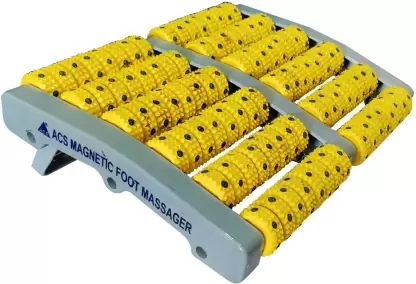


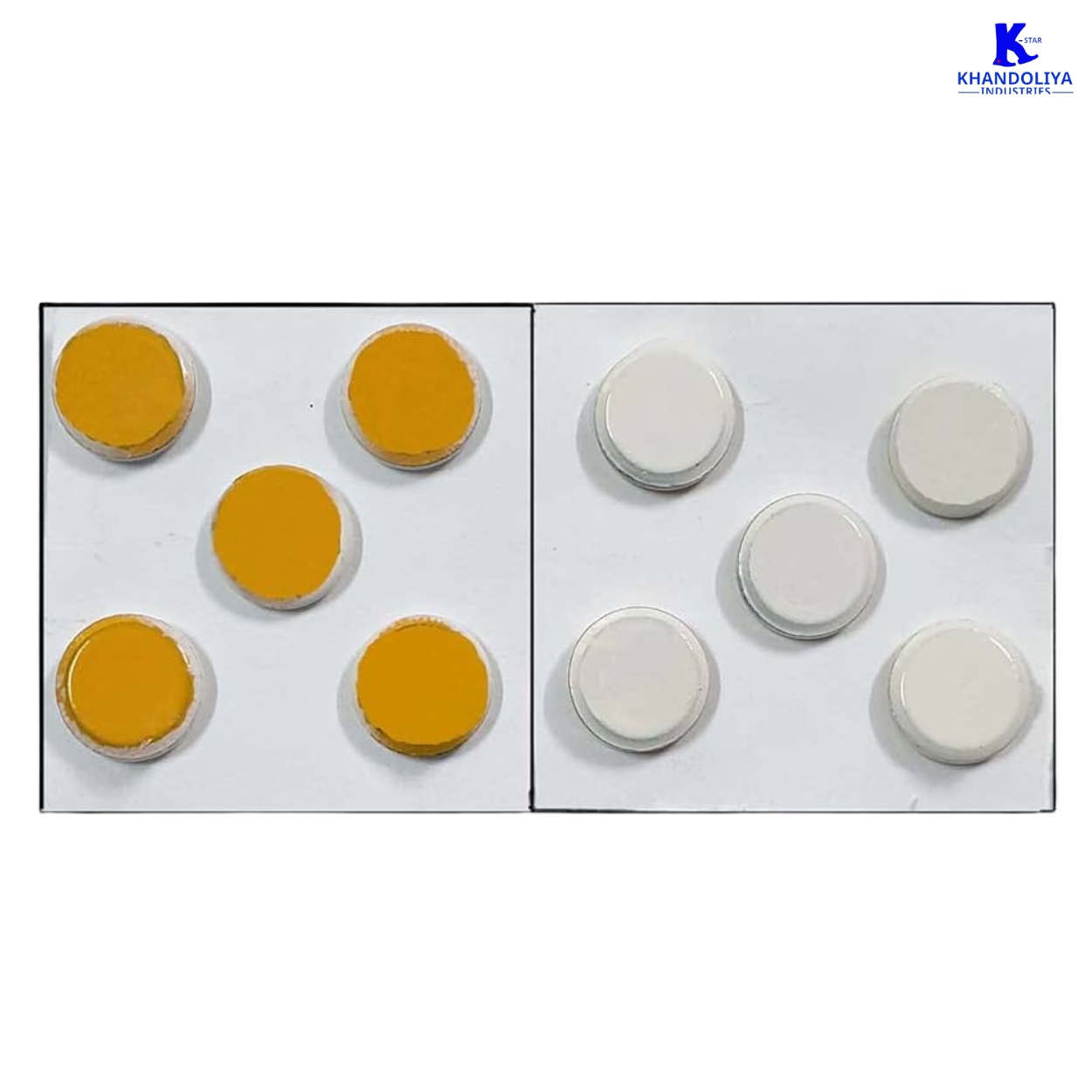
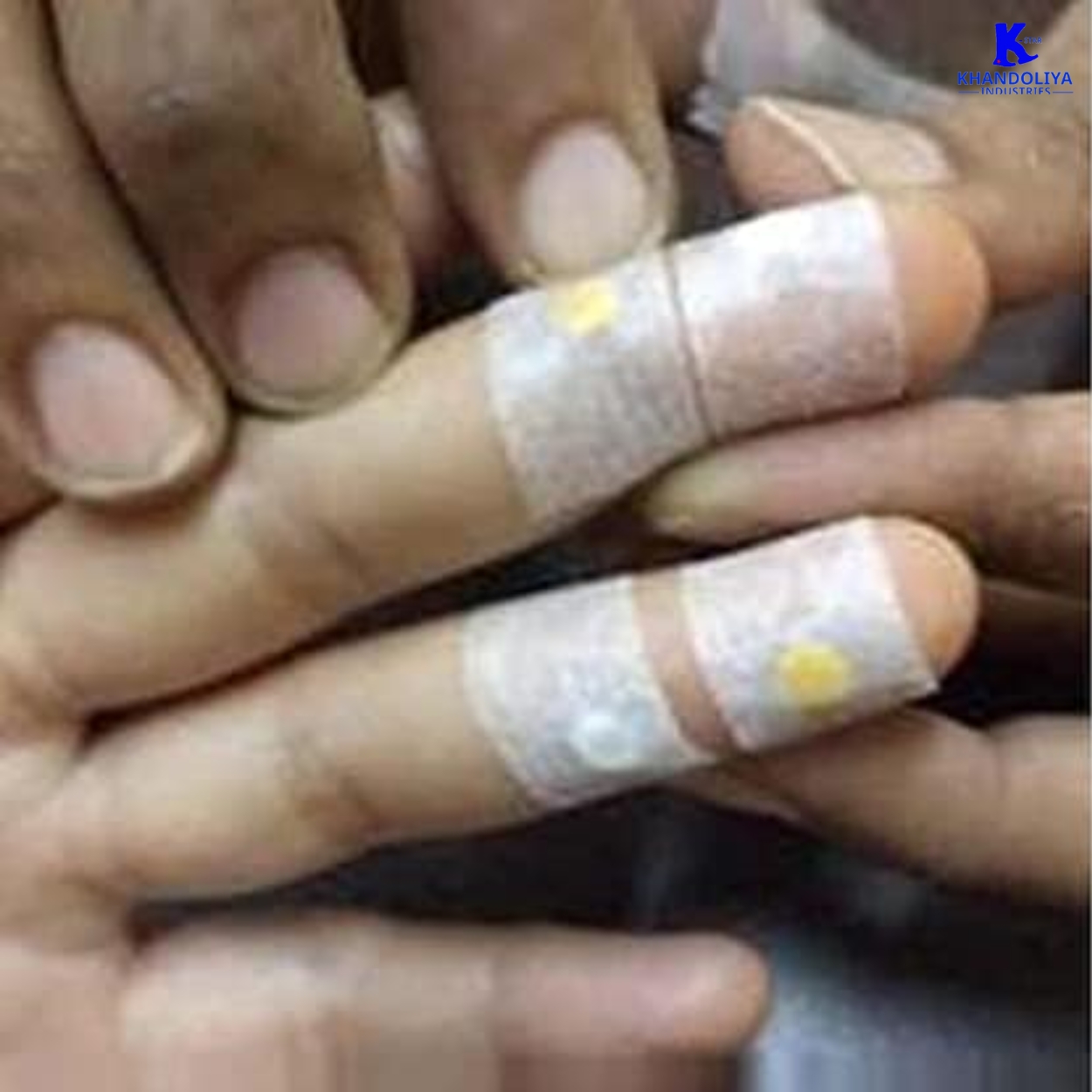
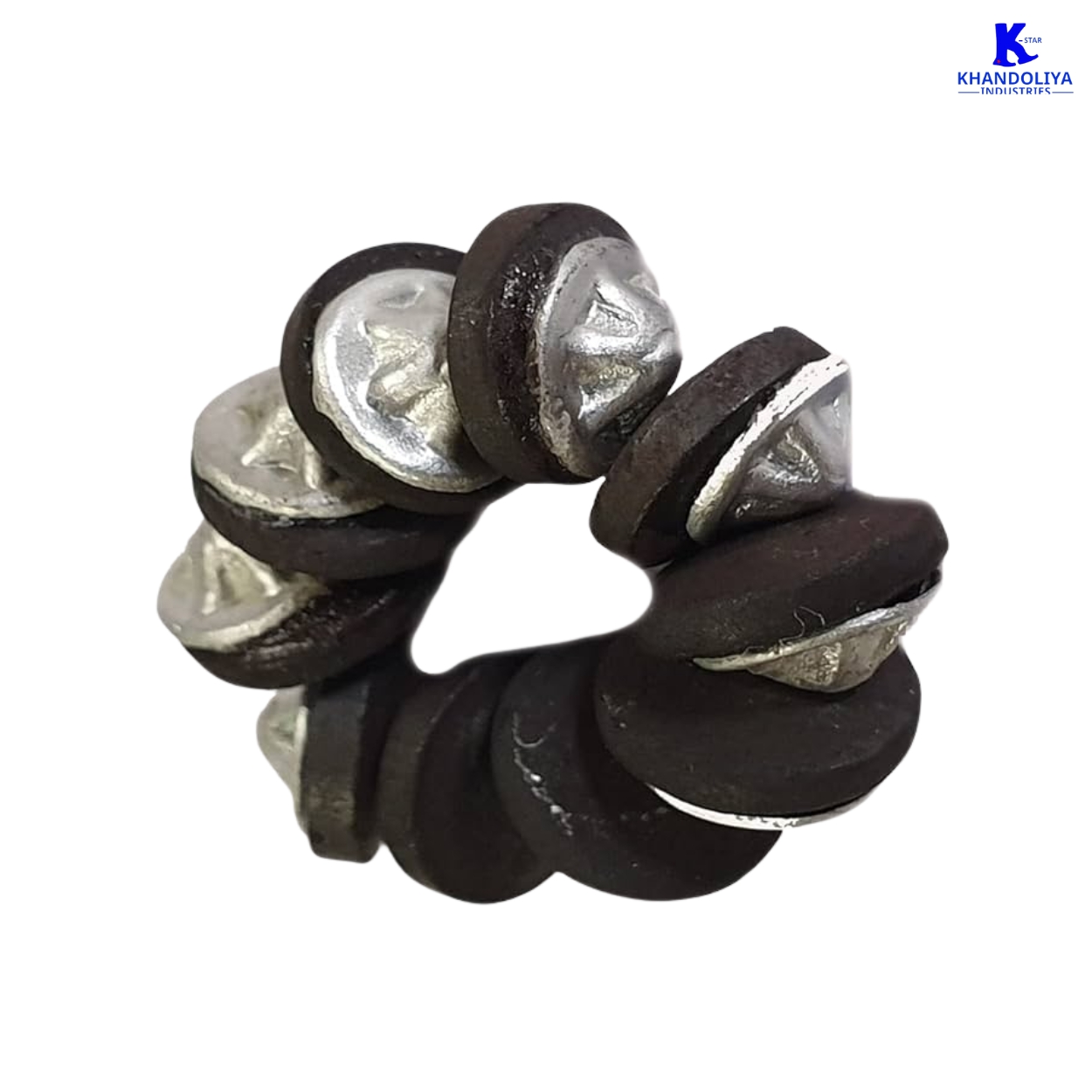
.jpg)
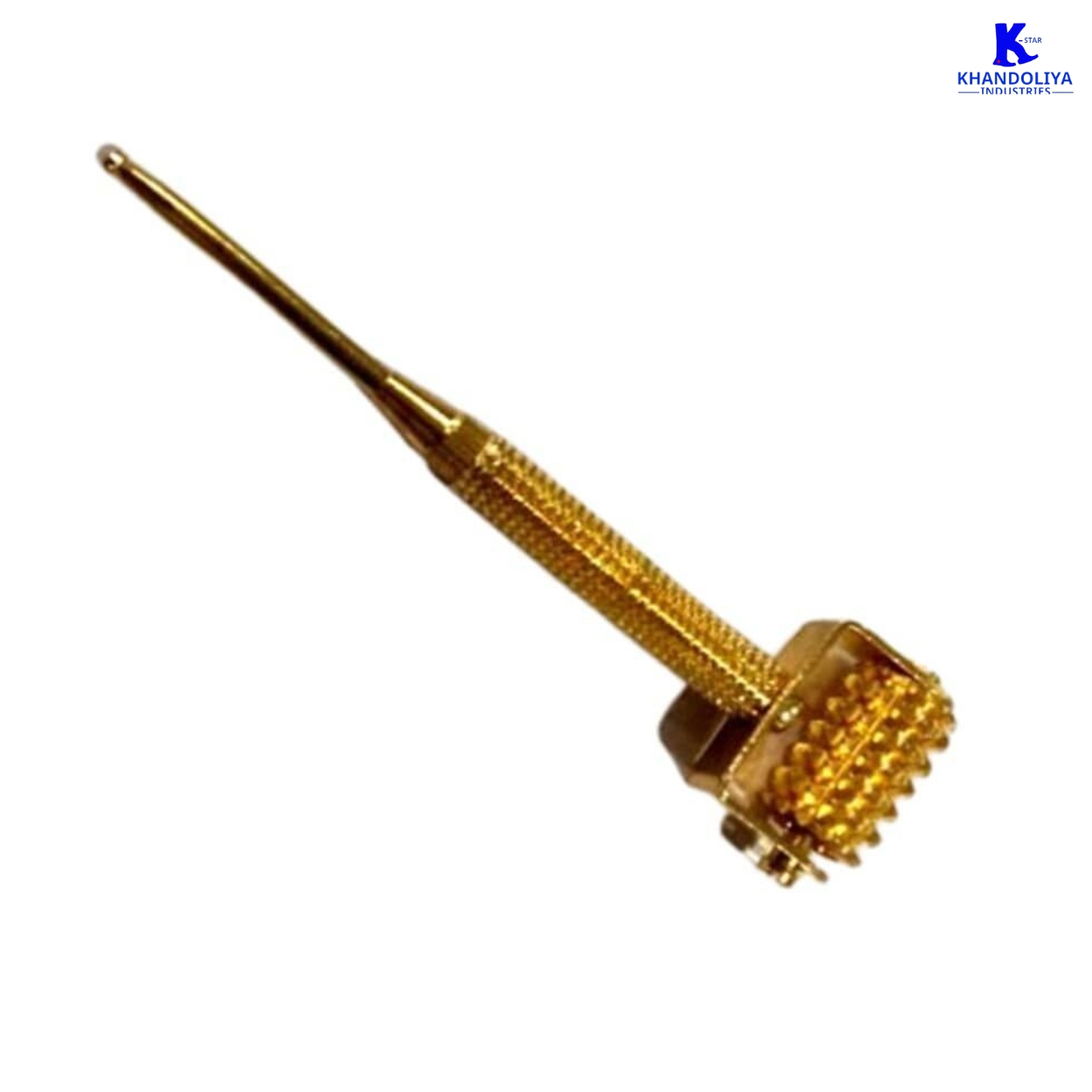
.jpg)

